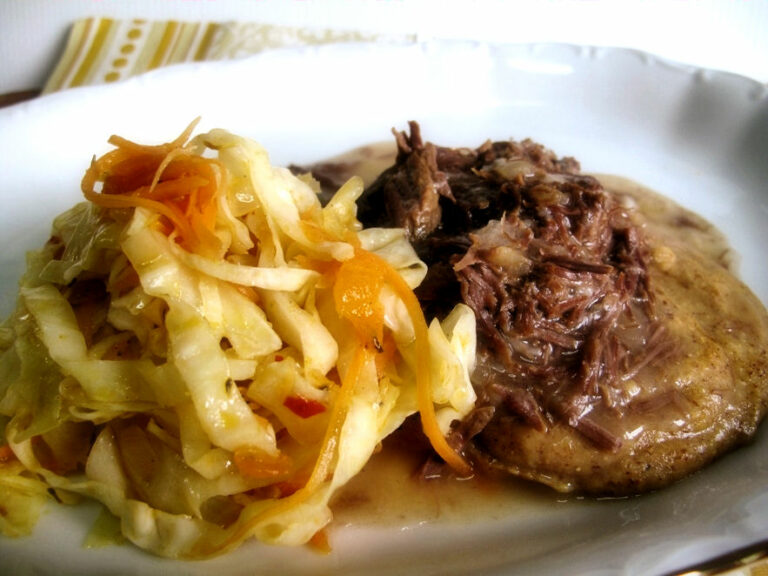Introduction: The Cuisine of Botswana
Botswana, a landlocked country in Southern Africa, has a rich culinary heritage that is often overlooked. Botswana cuisine is characterized by its use of grains, meats, and vegetables, which are sourced from local farms and markets. The country’s cuisine has been influenced by the indigenous cultures of the Bantu and San people, as well as the neighboring countries of Zimbabwe, South Africa, and Namibia.
The Ingredients of Botswana Cuisine
Botswana cuisine makes use of a variety of ingredients, including sorghum, maize, millet, beans, pumpkins, and leafy vegetables. Meat is also an important part of the Botswana diet, with beef, goat, and mutton being the most popular meats. Indigenous fruits such as marula and baobab are also used in Botswana cuisine. The use of spices is minimal, with salt being the most commonly used flavoring.
The Influence of Indigenous Cultures on Botswana Cuisine
The Bantu and San people have had a significant influence on Botswana cuisine. The Bantu people have introduced grains such as sorghum and maize, while the San people have contributed indigenous fruits and vegetables. The Bantu and San people have also introduced traditional cooking methods such as stewing and roasting meats.
Popular Botswana Dishes Locally
Some of the popular Botswana dishes include seswaa (pounded beef), morogo (leafy vegetable stew), mokoto (tripe stew), and phane (mopane worm). These dishes are often served with pap (maize porridge) and are enjoyed by locals in Botswana.
The Rise of Botswana Cuisine on the International Scene
Botswana cuisine has gained popularity on the international scene in recent years, with a number of restaurants around the world featuring Botswana-inspired dishes on their menus. This rise in popularity can be attributed to the growing interest in African cuisine, as well as the unique flavors and ingredients used in Botswana cuisine.
Traditional Botswana Dishes and Their International Appeal
Some of the traditional Botswana dishes that have gained international appeal include seswaa, morogo, and phane. These dishes are often served in a modern and creative way, using local ingredients with a contemporary twist. The use of indigenous ingredients such as mopane worms has also garnered attention in the international food scene.
Botswana’s Signature Dish: Seswaa
Seswaa, a dish made from pounded beef, is considered the signature dish of Botswana. The beef is stewed with salt and water until it is tender, then pounded with a traditional pestle and mortar. Seswaa is often served with pap and a side of vegetables or relish. Its simplicity and unique flavor have made it a favorite among locals and tourists alike.
The Future of Botswana Cuisine: Challenges and Opportunities
While Botswana cuisine has gained international recognition in recent years, there are still challenges to be faced. The lack of infrastructure and access to markets make it difficult for local farmers and producers to showcase their products. However, there are also opportunities for the country to capitalize on its unique culinary heritage and promote its cuisine on the global stage. With its diverse range of ingredients and traditional cooking methods, Botswana cuisine has the potential to become a culinary destination for food enthusiasts around the world.

